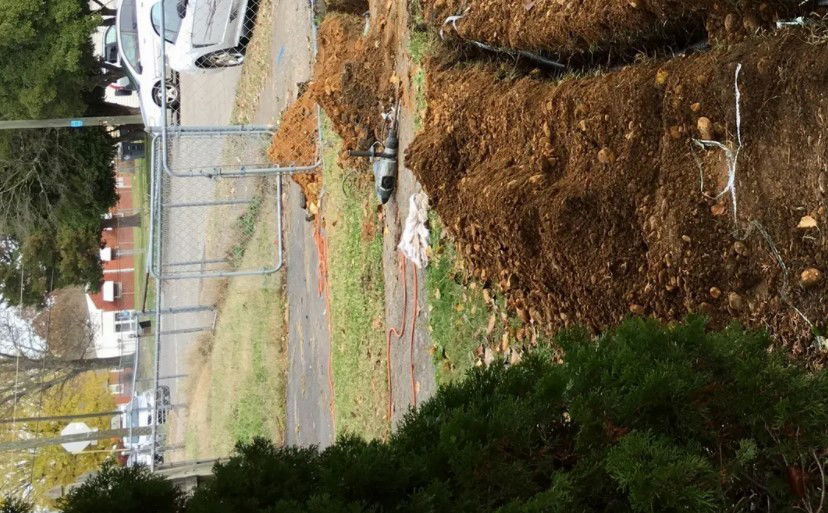Water Heater Repair Johnson City TN
Toilet Fix - How To Quickly Fix Your Slow Flushing Toilet
Water Heater Repair Johnson City TN is the process of opening up a clogged toilet and then clearing away any accumulated gunk, or bits of grit that are stuck inside it. The pipes below the bowl of the toilet drain are called the lower or bathroom pipe. The first thing you need to do in order to clear away the gunk is to turn off the water supply to your toilet and flush away all the contents down the toilet.

While doing this you will also be scraping away at any of the pipe connections that are holding the water back. You can use an old toothbrush or a sponge to do this. After doing that, you can pour some baking soda down both sides of the pipe connecting the toilet to the drainage. Once this has been done, use a plunger or a quick flush nozzle to clear away any remaining grit. This should be done for both the upper and lower flushing connections. Once you have done this, you will notice that the water should start flowing again and per flush should be about a quart smaller than normal.
If this does not work, you may need to contact a plumber. Next we will look at how to replace a broken flapper. A broken flapper is one of the more difficult plumbing repairs that you can do yourself, but it is also one of the most potentially dangerous. If this flapper is cracked or broken, it will keep the water from going straight to the toilet bowl.
This will prevent the water from filling the toilet tank fully and causing it to overflow. You can replace the flapper by removing the old one and inserting a new one. To unclog a toilet bowl flushing mechanism, first attach a wrench so that it is securely in place. Then attach a new one with the same attachment. This is a very simple fix, but it is imperative that you adjust the device properly in order to prevent an overflow. With the device unclogged, turn it clockwise until the bowl flushing mechanism begins to turn smoothly. Next you will want to turn the overflow valve back on, then add water to the tank.
Turn the toilet back on and wait for it to flush. If the bowl begins to fill before the water is added, the valve may need to be adjusted. When the flushing has been completed and there is no water in the tank, turn on the emergency valve. You can then turn off the power to the toilet and call a professional to assist you. This should solve any problems with the flushing mechanism. If your home is not connected to a plumbing system, you may need to replace some of the hardware including the drainage tube and the auger. With older toilets, it may not be possible to replace all of the hardware yourself. This is where a plumber is needed.
In some cases, if the problem is not critical and can be fixed by replacing only one or two pipes, you can use an inexpensive replacement trap. Before you do this however, you should check to make sure that you are not replacing a main line, as this would require a plumber's involvement and cost more money in the long run. The slow flushing toilet repair may be caused by a clog in the drain trap.
To resolve this, you should first turn the toilet completely upside down, then open up the drain trap and remove the clog. After you have removed the clog, reseal the drain. This should resolve any issues with slow flushing. To avoid clogged drains, you should empty the toilet after each use. To keep the toilet running, you should also make sure that the drainage holes in the base of the toilet are unclogged at all times. By doing these simple maintenance steps, you can ensure that your toilet works properly and does not develop a blockage problem.
